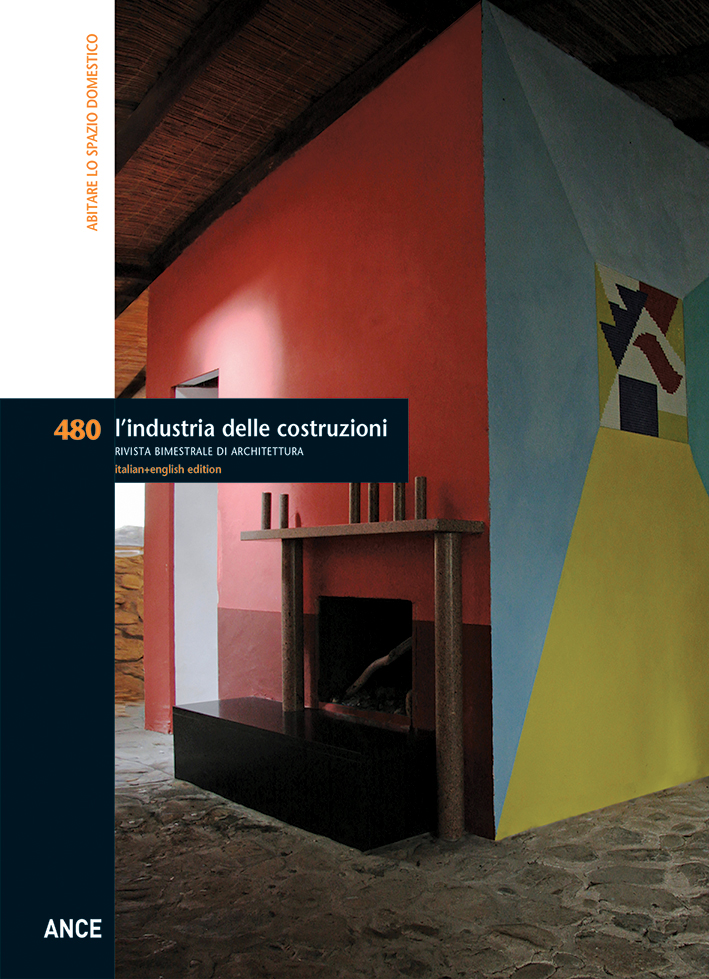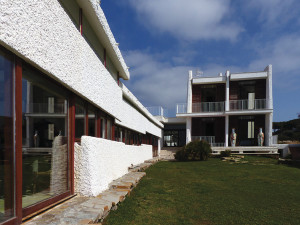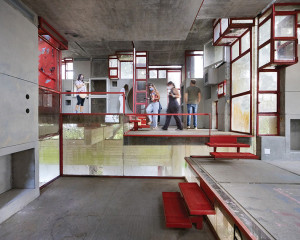LUG
AGO
2021
Living the domestic landscape
The pandemic has once again placed the home at the centre of our lives. No longer a simple refuge at the end of a frantic day in the outside world, but occupied 24 hours a day; no longer a space dedicated only to domestic functions, but a multiuse station for the multiple activities of its inhabitants, it is now an object of critical considerations. Setting out from these premises, “Living the domestic landscape” proposes a reflection on the broader meaning of the home today and in the near future, with a particular focus not only on its organisational structure and consequent values, but above all for its spatial characteristics in relation to the emotional sphere and different lifestyles of its inhabitants. For this reason we considered it useful and stimulating to look back into the recent past, at the golden period of research into domestic space that produced so many important experiments in Italy. Perhaps precisely for the uniqueness of its results this contribution was set aside and replaced by other more urgent questions linked to urban development, infrastructures, and public services and spaces. To understand where we are today and pick up the thread of this interrupted discourse, the selection of projects presented in this issue, followed by an essay exploring potential research into contemporary domestic space, is dedicated to 10 domestic projects designed by leading architects between 1936 and 1978. Each offers diverse responses to questions linked to the renewal of domestic space raised by coeval society; each is a model for its non-replicability and uniqueness and each in our opinion is a bearer of spatial values and themes of research, still of value today, despite particular geographic circumstances and the passing of time. The first characteristic common to each of these examples is the close relationship between client and designer, two fundamental and in some cases coincident figures; a second is the proposal of innovative solutions that explore non-conventional residential conditions, in both the organisation of internal spaces and relations with urban environments and landscapes. All ten homes – 7 single-family, four of which are vacation homes, and three flats in urban buildings- share a fundamental peculiarity: they experiment with new forms of language identify interior spaces tailormade to their inhabitants and clients and establish a strong bond between creator and inhabitant, often fulfilling the dream of the “ideal home”. The aspects of originality and of interest, the salient characteristics of design and space of each of these 10 homes were commented by diverse authors who present multiple experiences and open questions related to the theme of domestic space, with the objective of asking broader questions about the quality and form of dwelling.










